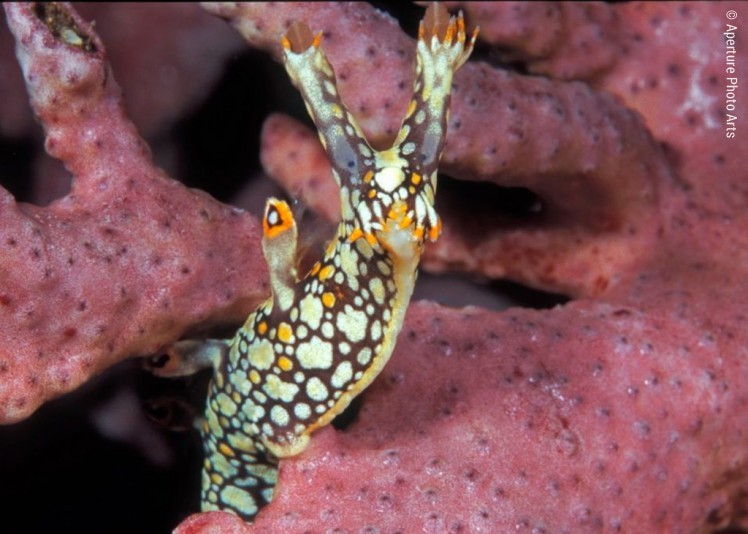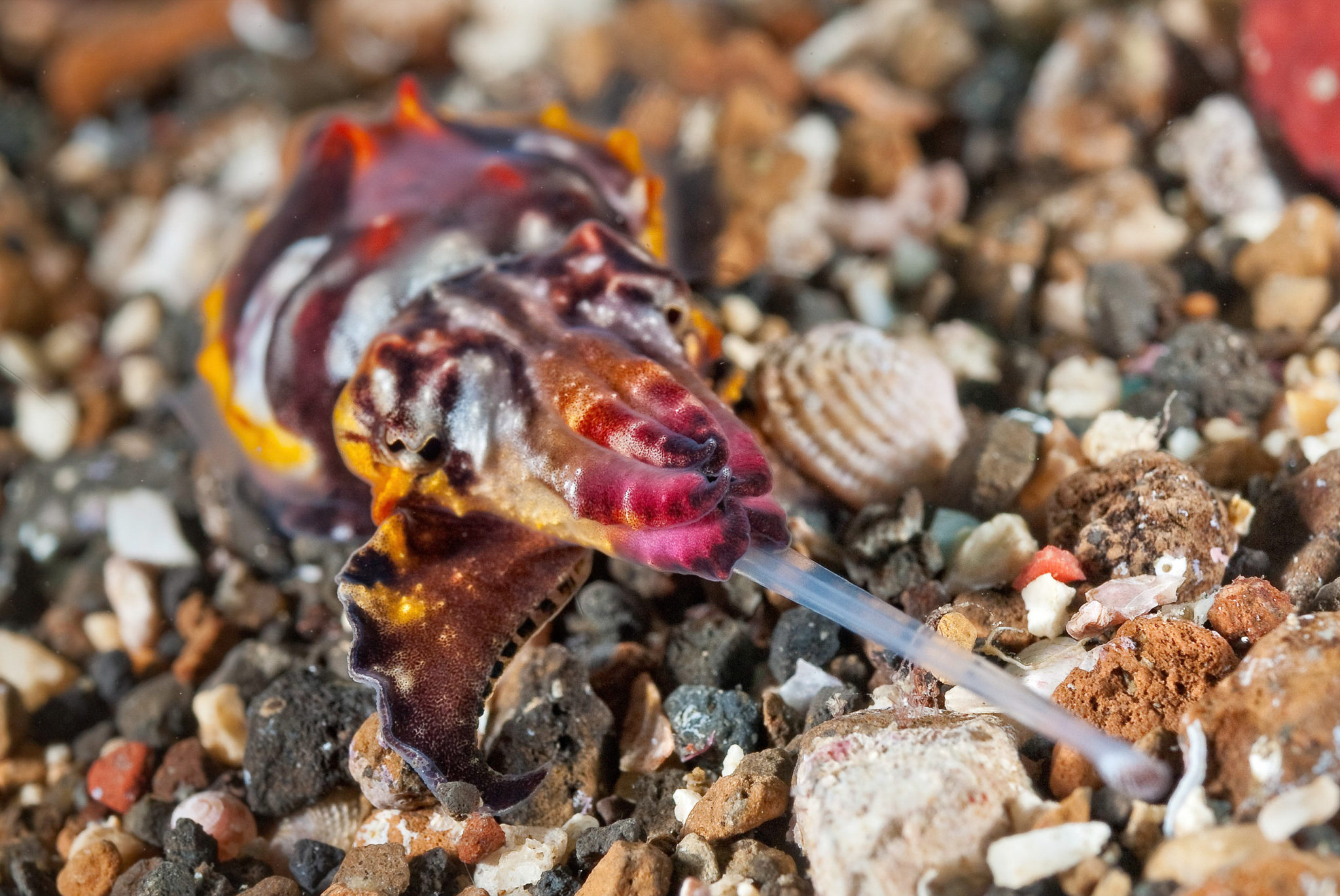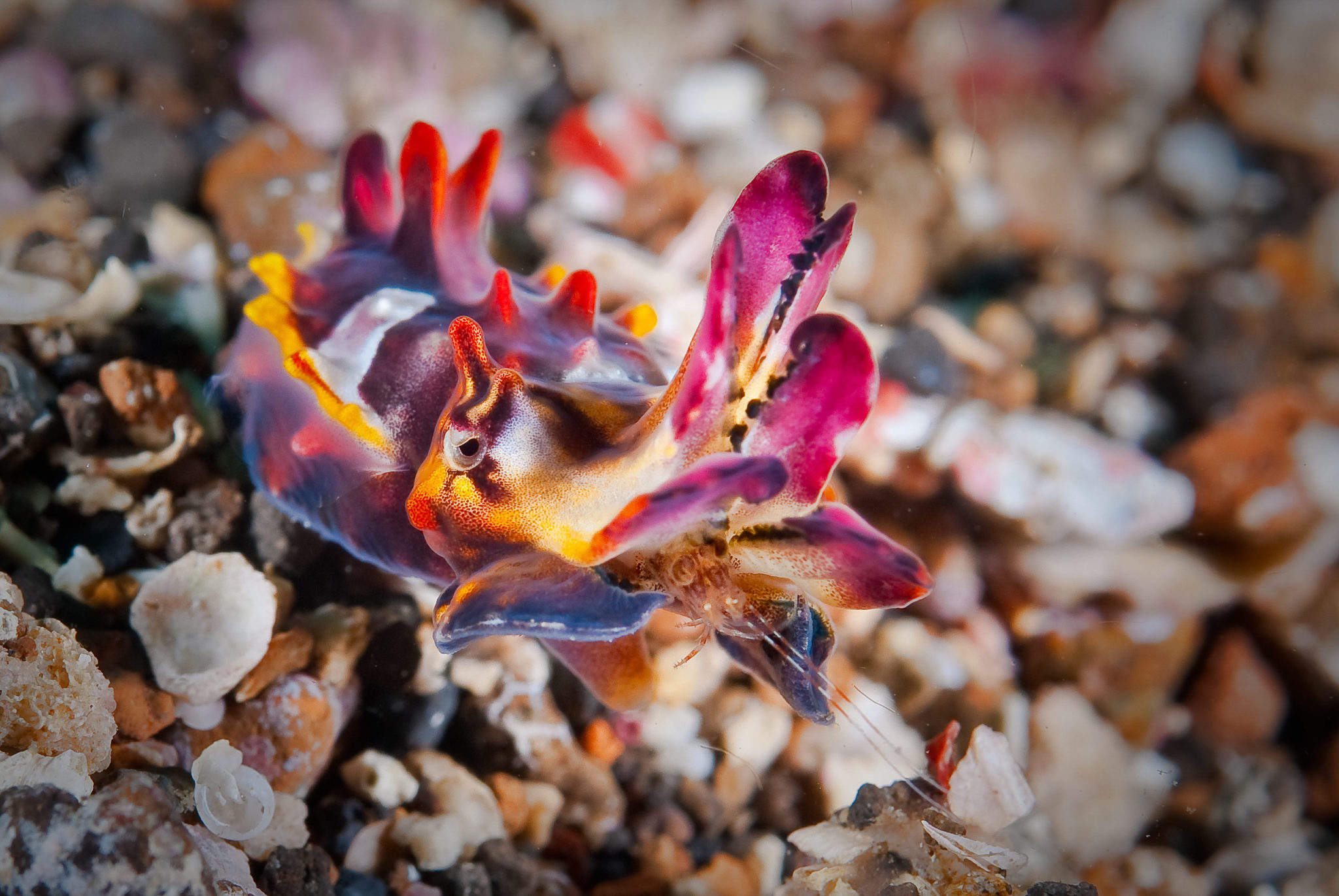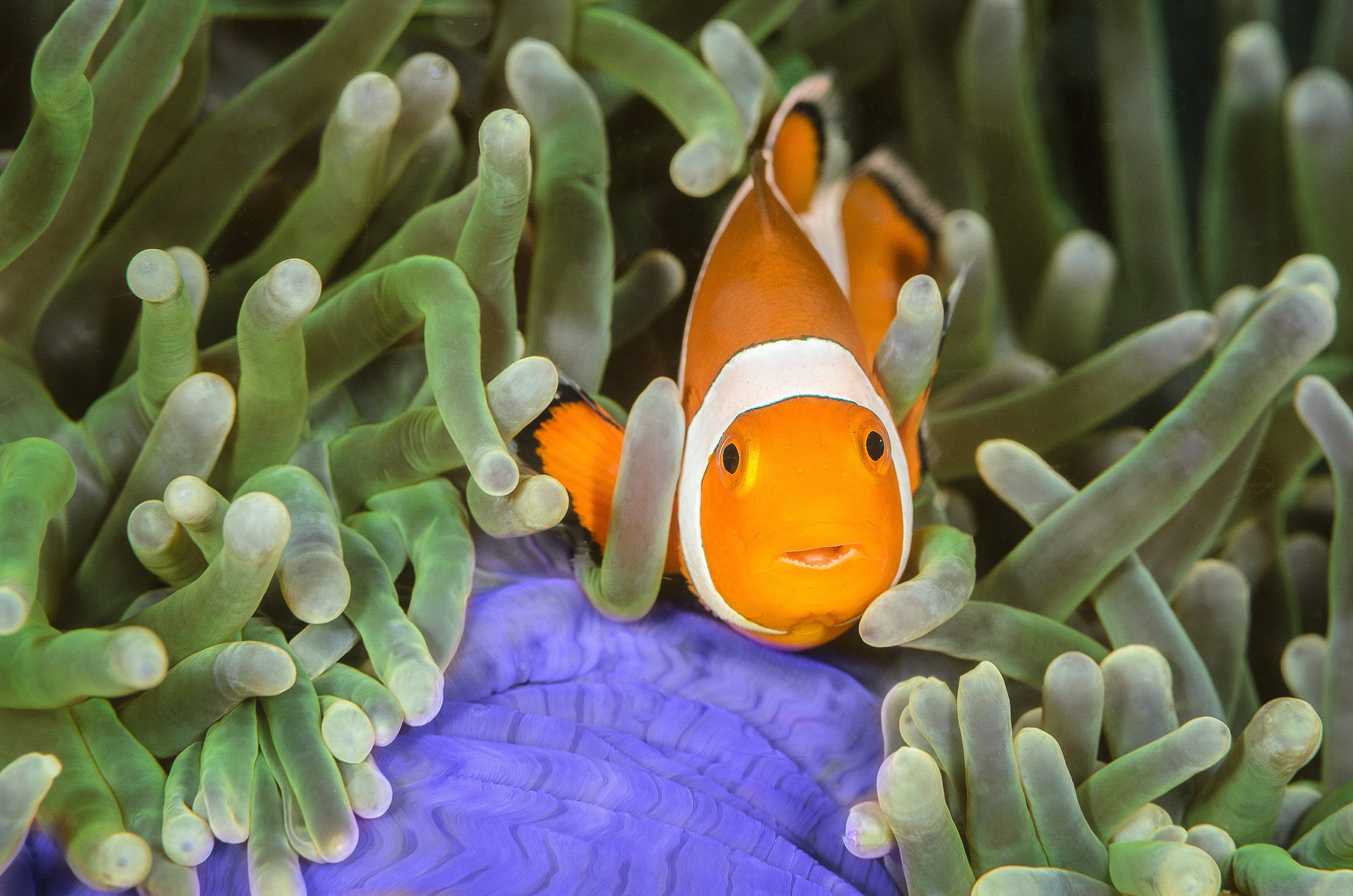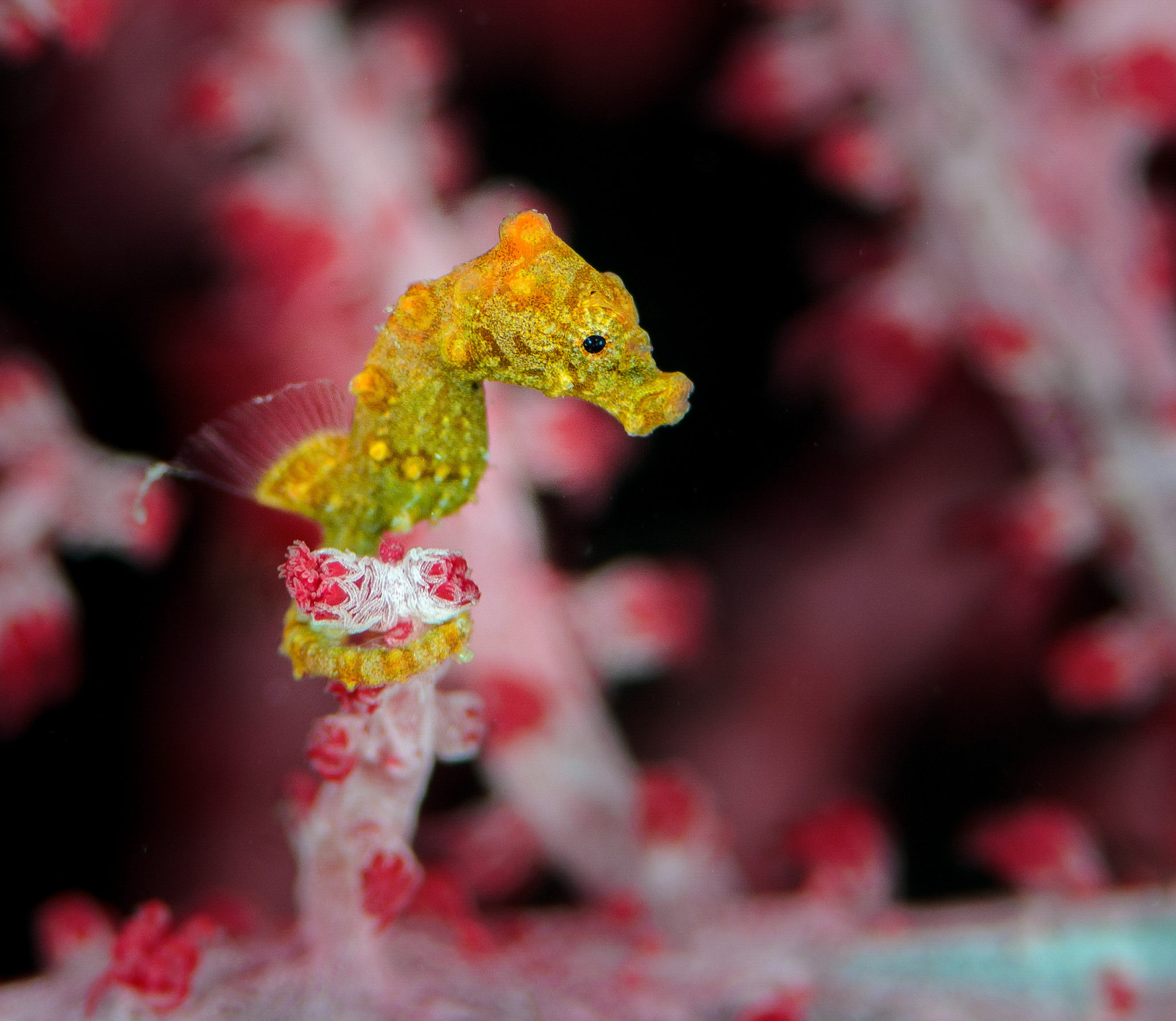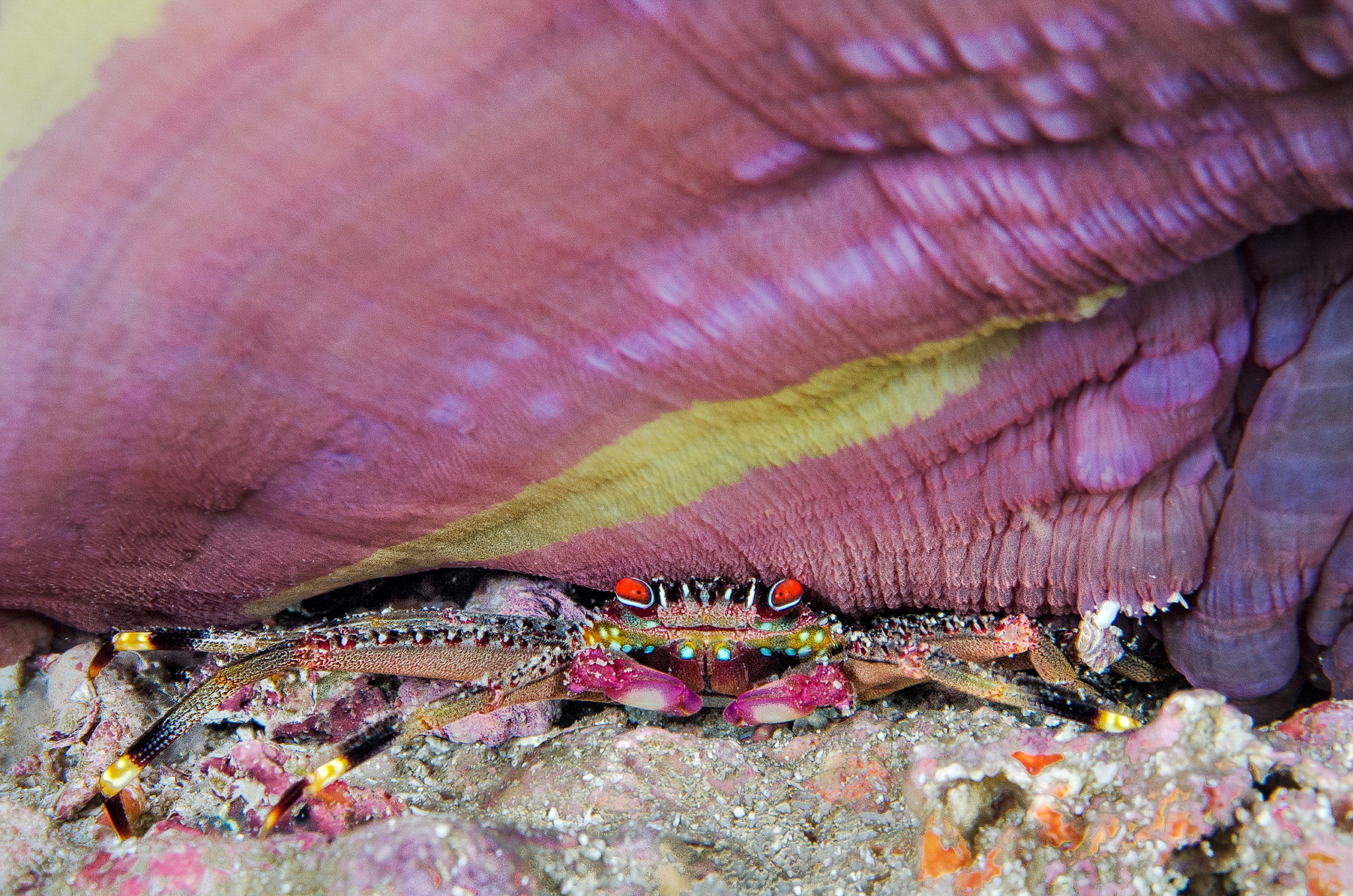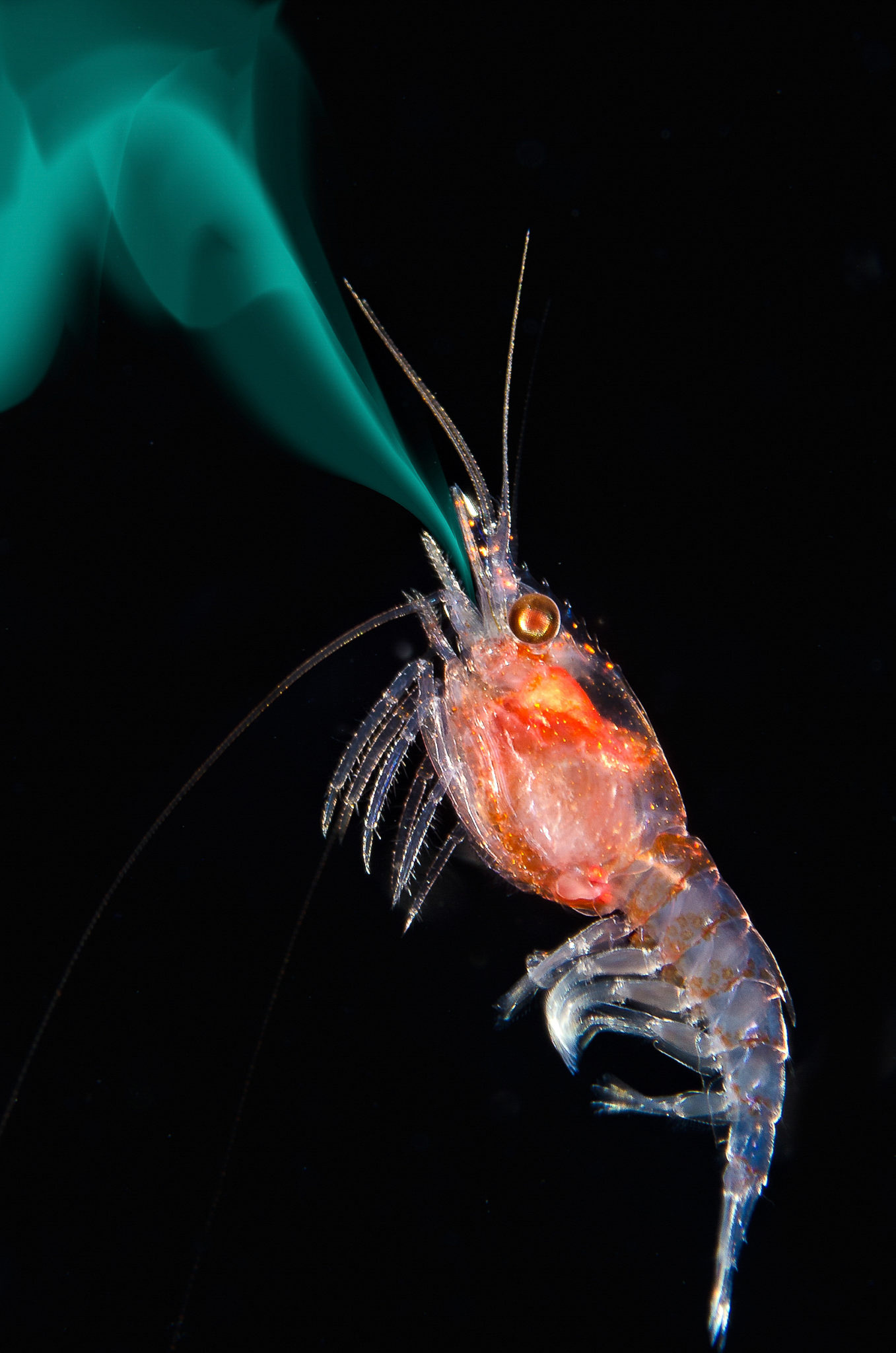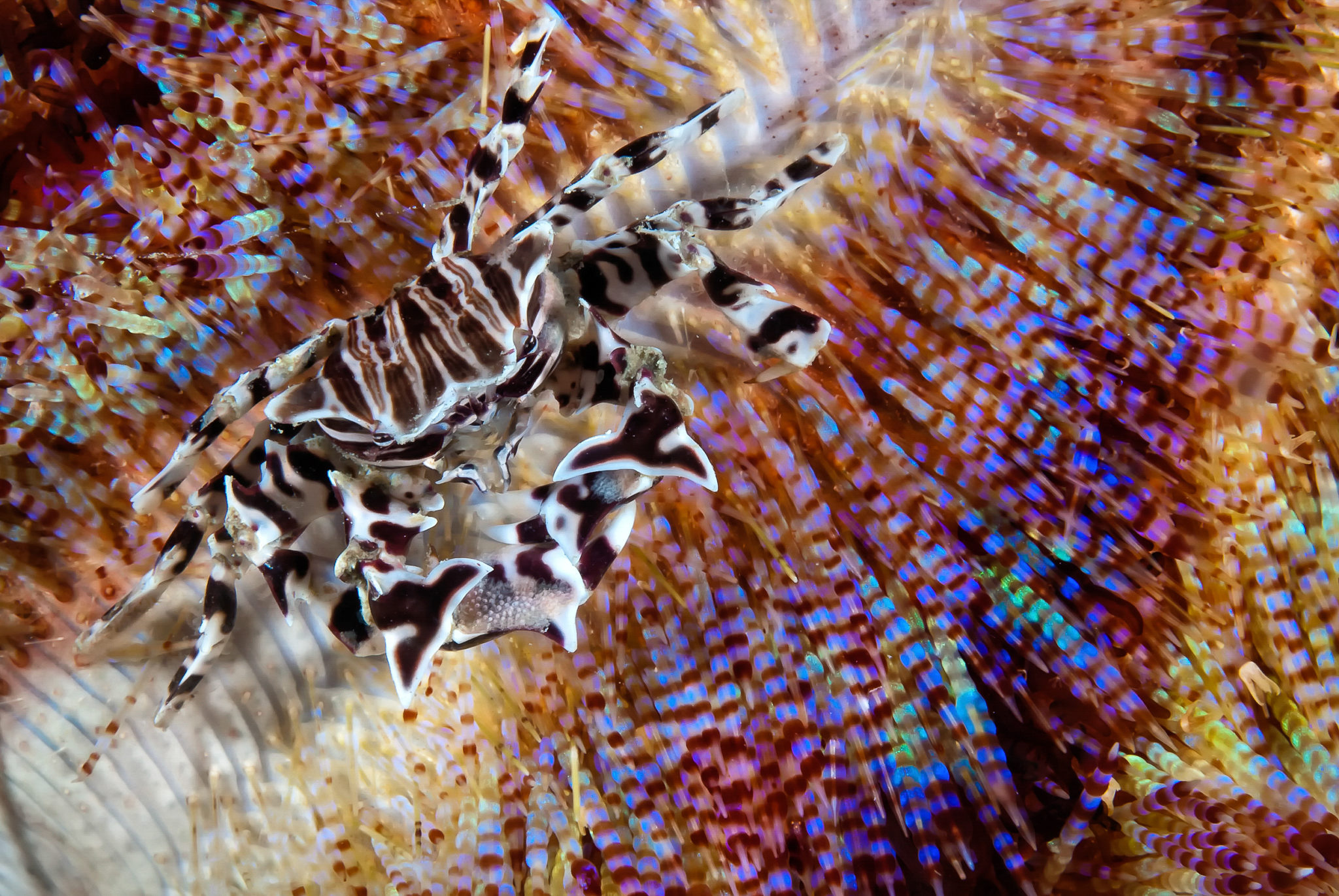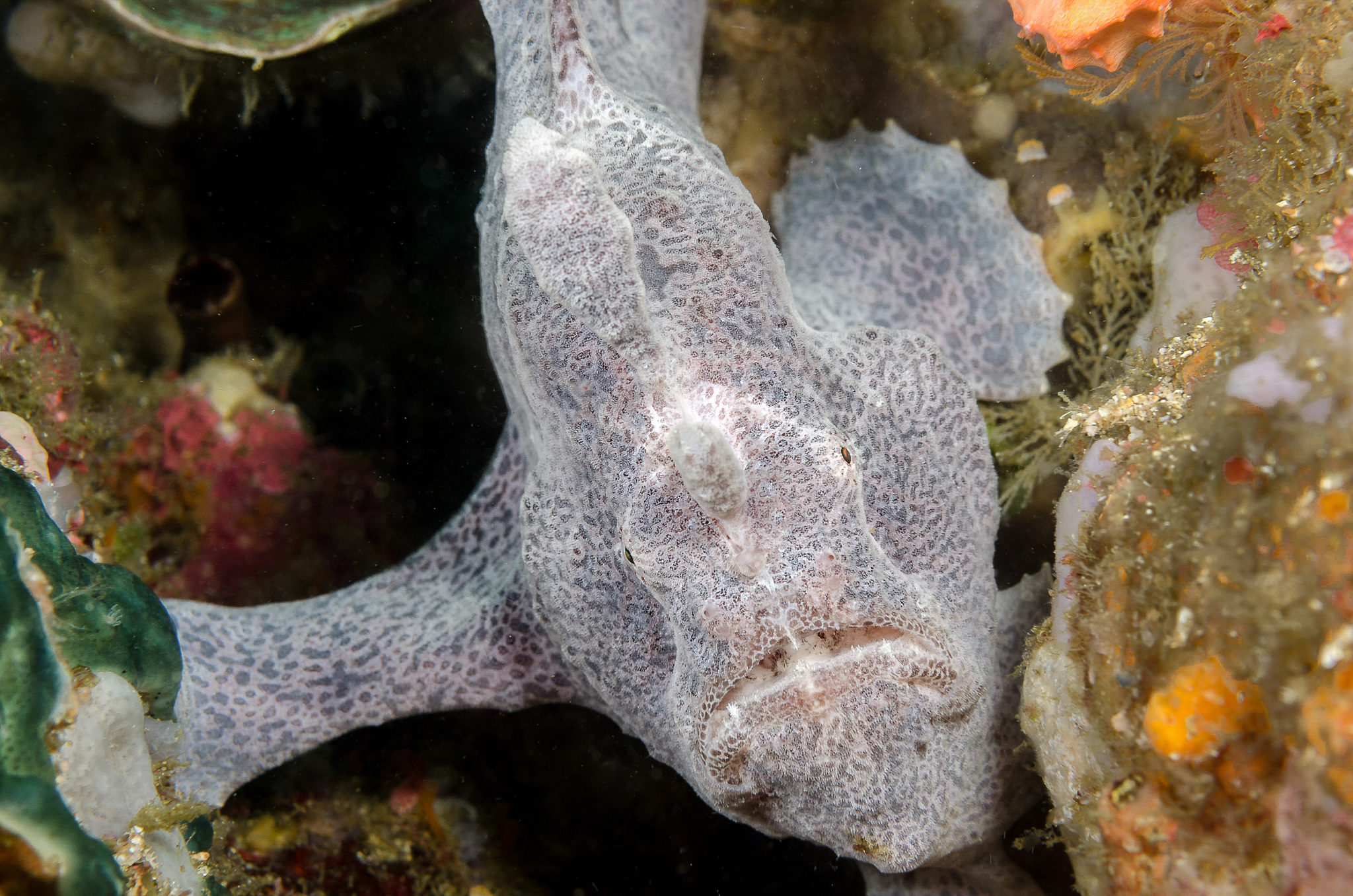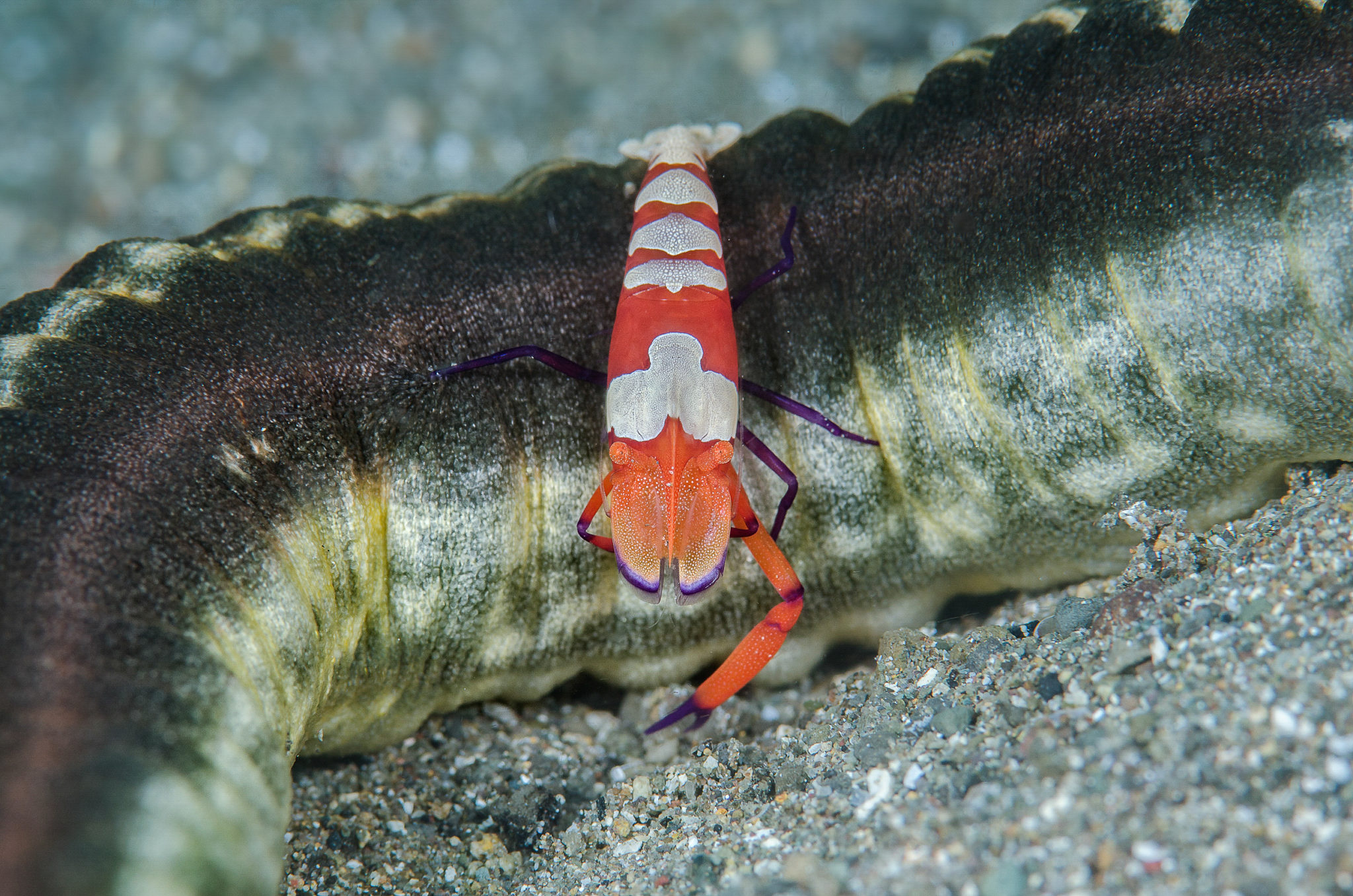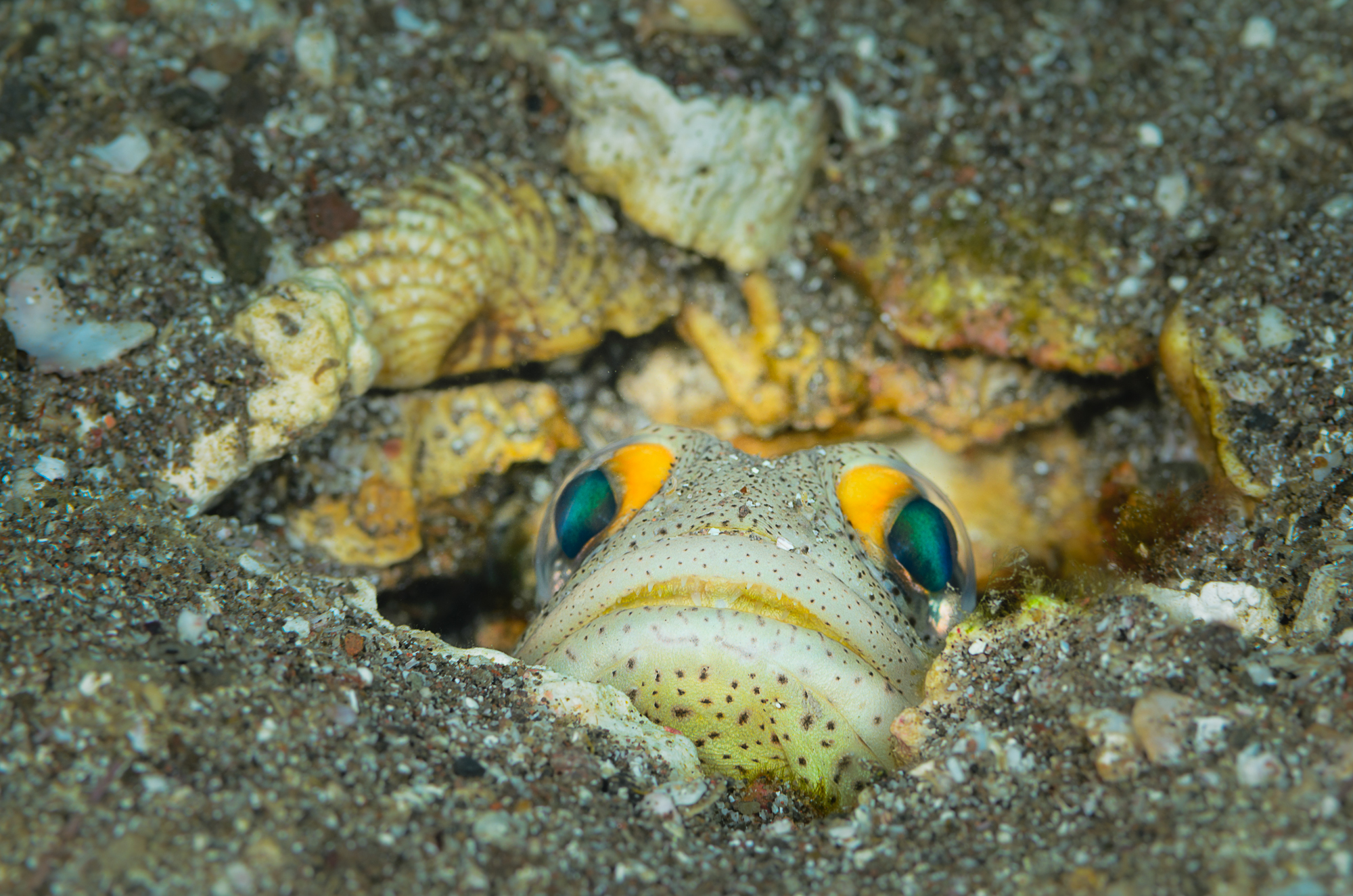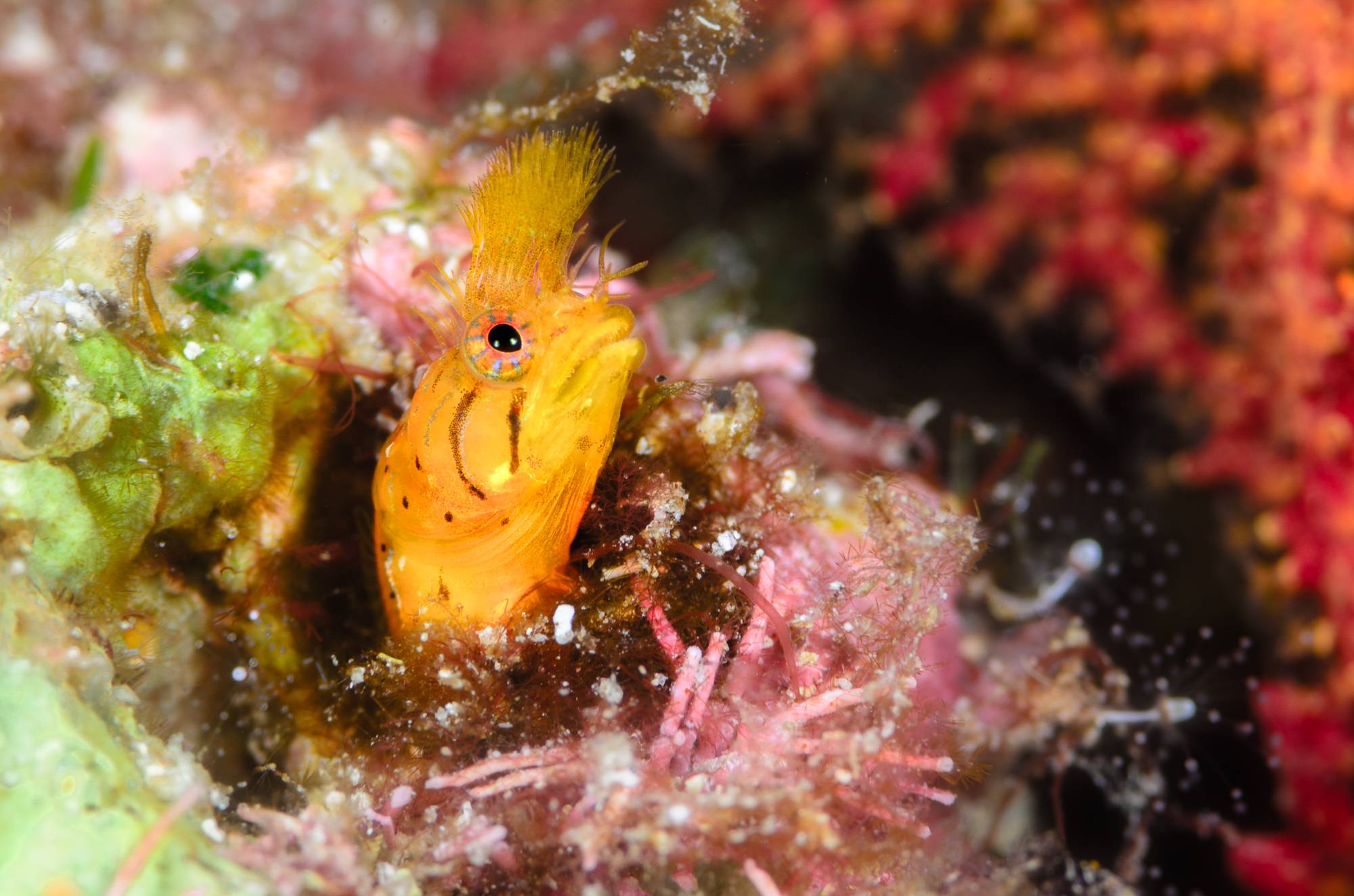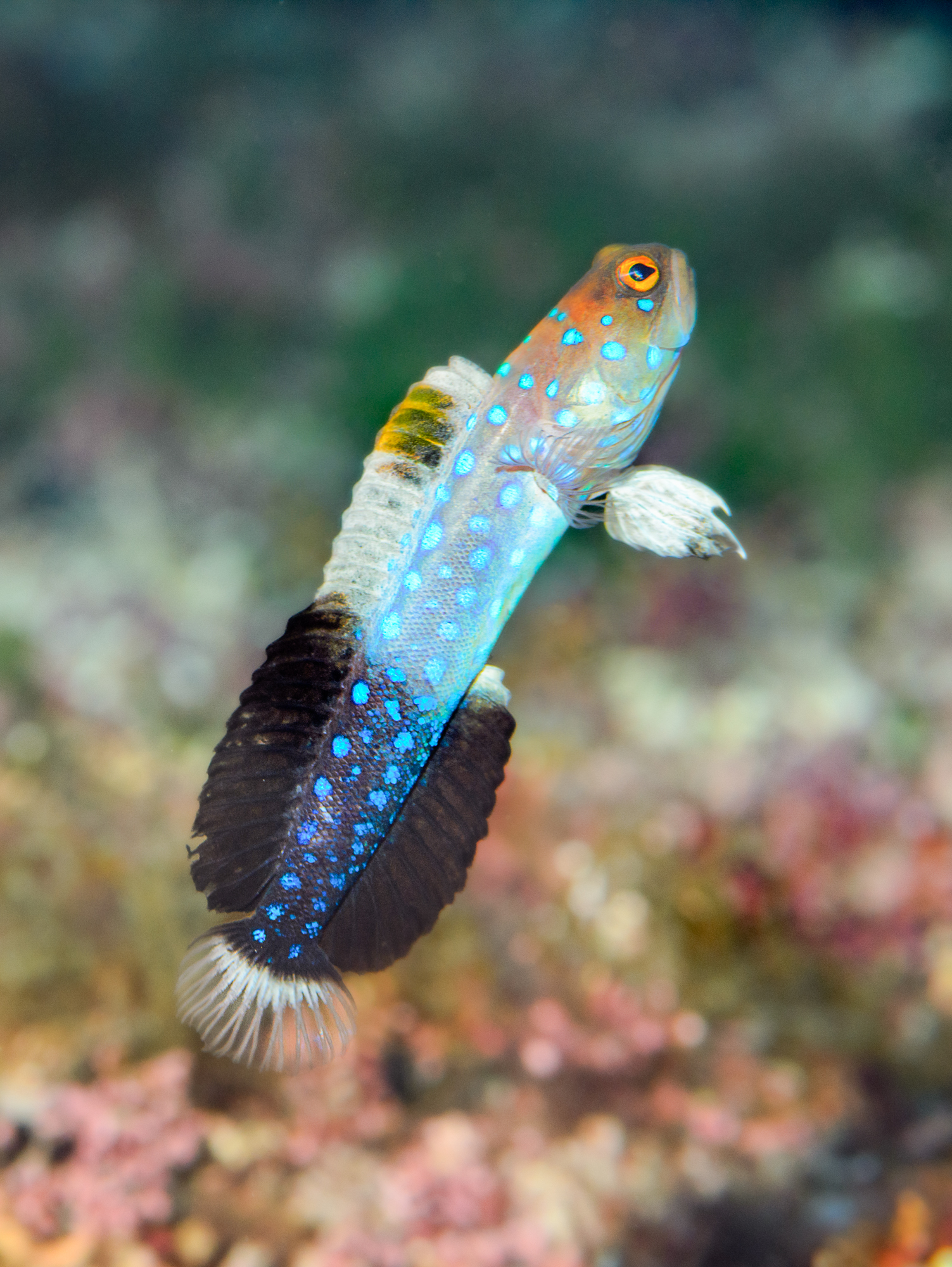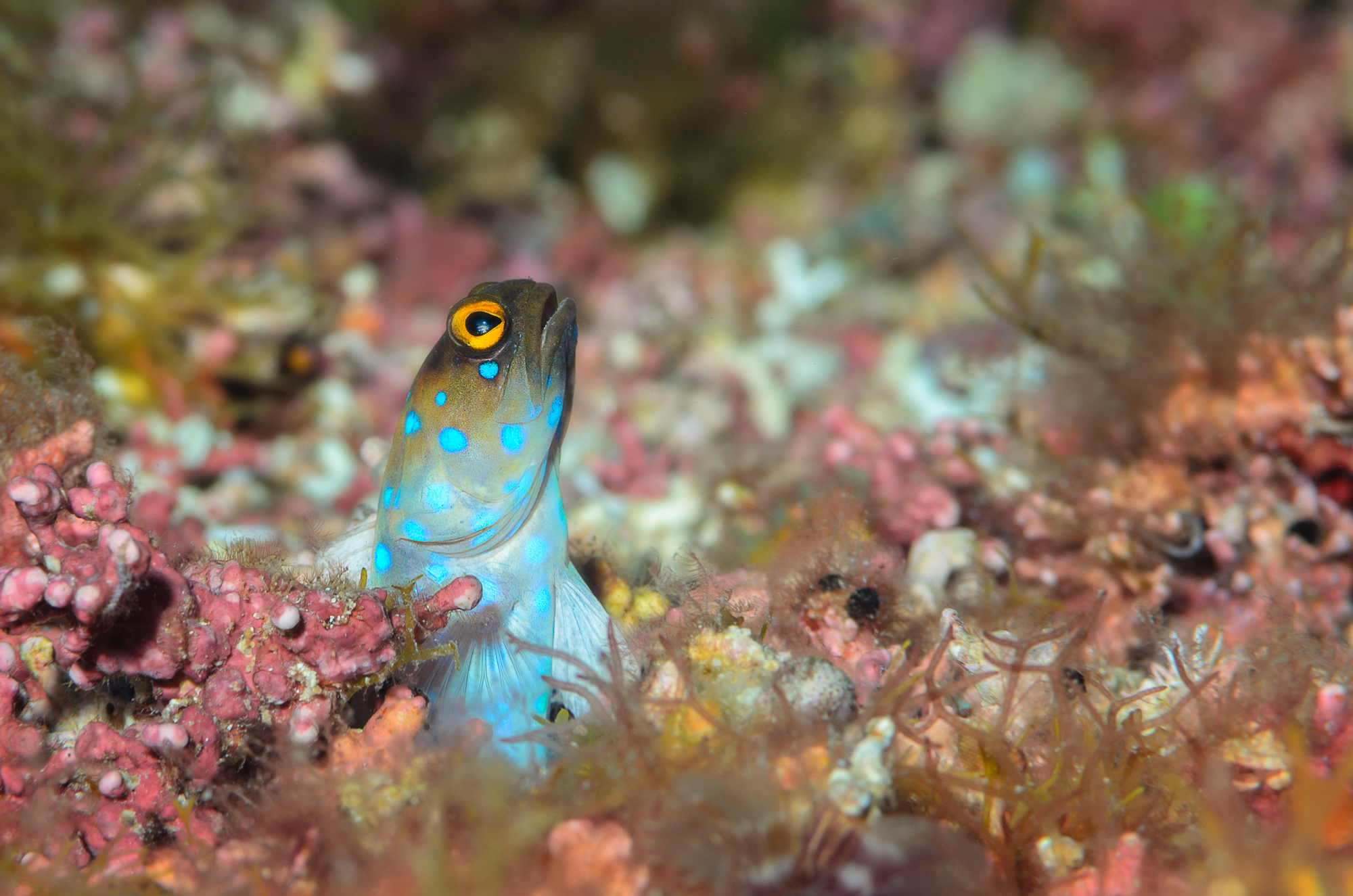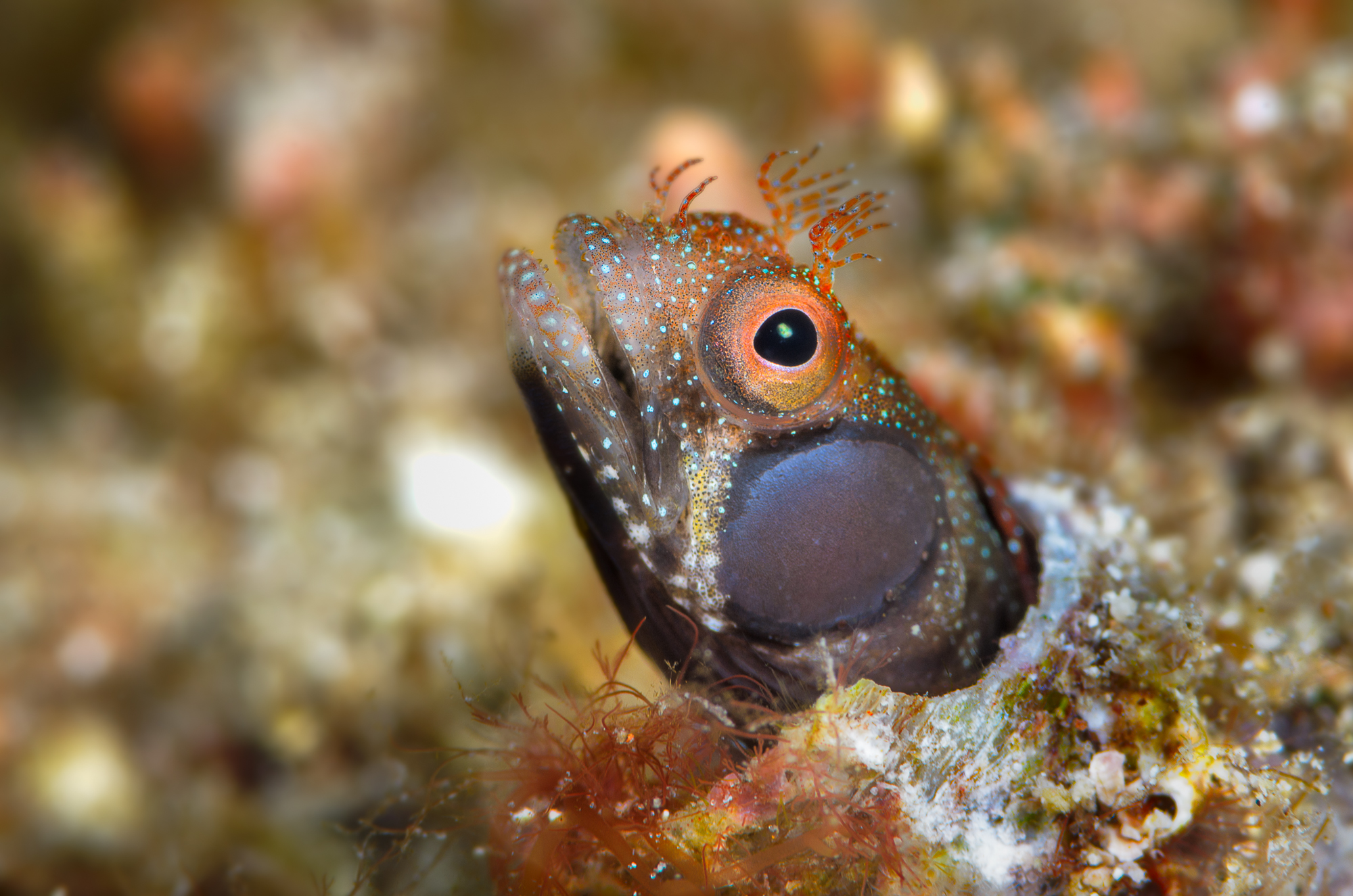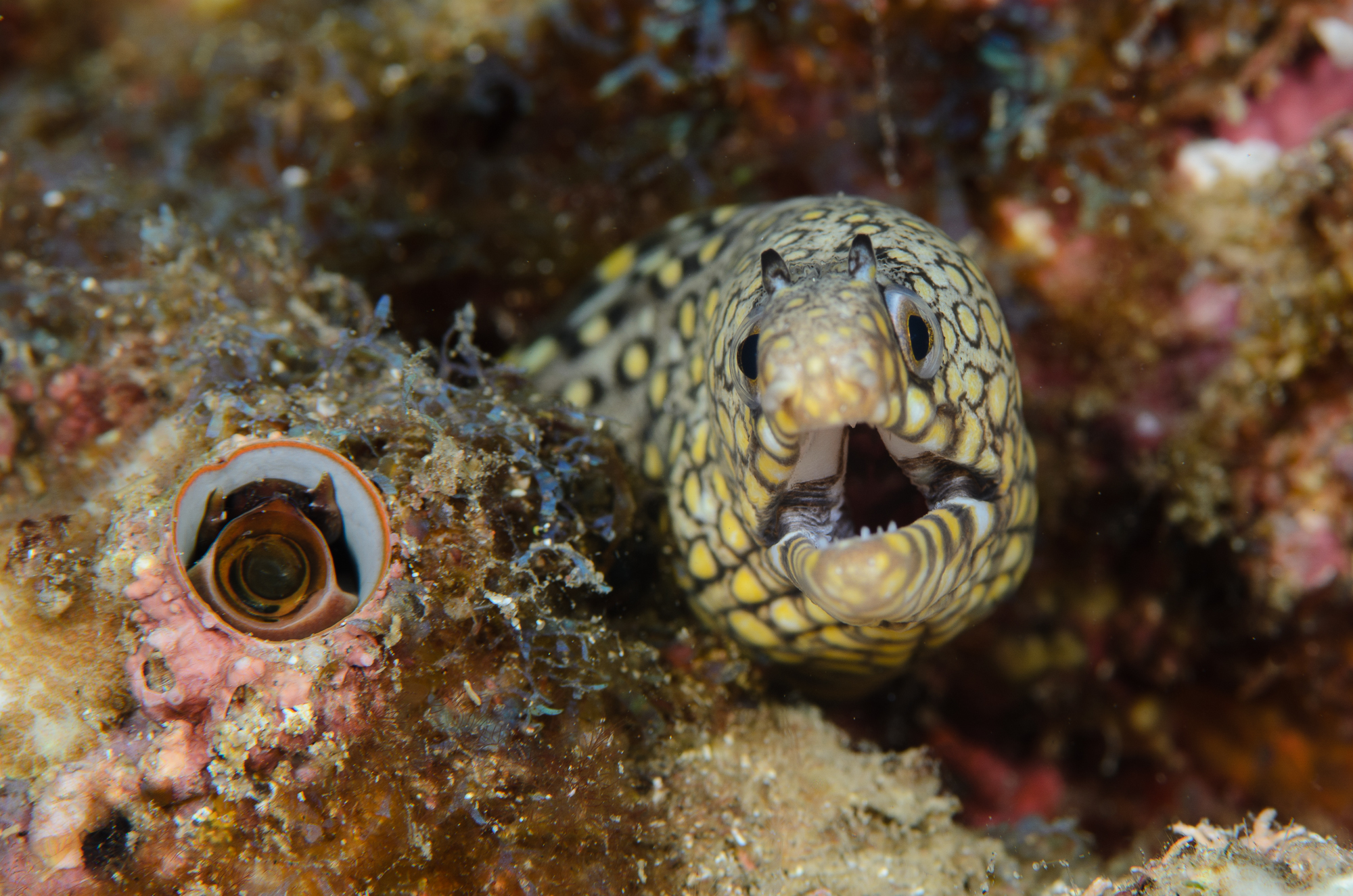Our first Indonesian dive trip was to Lembeh Strait, muck diving capital of the world. We stayed on the beach at KBR (Kungkungan Bay Resort). Within minutes, we were watching hairy frogfish gallop after one another, and by the end of the week, we were ignoring flamboyant cuttlefish in favor of the more exotic. Totally jaded in nothing flat!
Our second trip to Indonesia began in Ubud on the island of Bali. Alila Ubud Resort is within a rice paddy enclave, at the outskirts of town. Evening fireflies over the rice paddies were a welcome sight after the treacherous walk from downtown. Warm smiles reflected the good karma in this Buddhist state. Our Bali afterglow was soon lost in Makassar, Sulawesi. An evening walk brought glares, stares, and one thrown rock as we passed through the “gold district” where young Muslim men must buy a sufficient quantity of generic gold jewelry to procure a bride of “varying quality”from any of a hundred identical white-tiled, fluorescent lit shops.
Sorong was just an hour flight away, where we boarded the Raja Ampat Explorer, for the two week dive trip. We generally motored north, mostly to small and uninhabited islands, each with its own underwater personality and treats. It was probably a week before we saw another boat, village, or plane. Each dive was led by three guides who served as our spotters, and critter handlers. They made the photographs in this gallery possible. King among them was Harry, the lead dive master.
Dives were a combination of muck and reef. The soft corals were astounding and the night dives sublime. We did have a full moon during this trip, which made for some wonderful skies but “squirrelly” currents. Evening thunderheads competed with the Milky Way.
Underwater highlights include several wonderful pygmy sea-horses, an array of nudibranchs, a newly discovered walking shark, the wobbegong shark, sea moths, manta rays and a radar shrimp with actual bodyguards.
On our third trip, we returned to Lembeh. The cast of characters changes from season to season, with this trip supplying abundant seahorses and octopi. The common thread: animals hiding in plain sight. Many subjects would have been overlooked if not for the local dive guides, without whom I would have mostly pictures of sand, rubble and the muck itself.
Hiding in plain site has several survival benefits. Camouflage allows some degree of protection from predation and allows predators to be more successful.
Some animals are so hidden, that they don’t need to hide, where others boldly display patterns and colors which broadcast either a bad taste or poisonous venom or flesh.
The venomous creatures are extremely so, although not particularly dangerous to divers. Hopefully, the venom will find its way into medicine someday as remarkable treatments or cures.
Our fourth trip to Indonesia didn’t disappoint. October brought a subtle change in seasons from hot and humid to hot, humid and rainy. Again, the Balinese people were gracious and warm, in spite of a series of crushing national challenges.
Diving ranged from subtle to sublime, and most always productive. Aside from absent molas (ocean sunfish) and mantas, most of the usual suspects were there and willing to be photographed.
Which brings me to our fifth trip to Indonesia and second to Raja Ampat, each one my favorite and this was no exception. The reefs seemed healthy with a wealth of subject diversity. The critters were generally interactive and bold.
Our 6th dive trip to Indonesia, was on the Ocean Rover. We knew the boat well from dive trips in Thailand and Burma but hadn’t been on it since purchased by Roman Szalay and moved to Indonesian waters. This was our third trip to Raja Ampat, and first time in these waters with our friend and group leader, Chris Newbert and some of his “unusual suspects” posse. The boat has more charging stations than you can shake a camera at, nitrox, good food and snacks and a masseuse. What more could we want? How about a camera repairman? That was Steve Fish, photographer/videographer/tinkerer extraordinaire.
A different itinerary gave us some new favorite dive sites. These include: Black Rock (crazy good), Pearl Farm Jetty, Melissa’s Garden, and Sardine. Unfortunately, no mantas or crocodiles to report but some of our best wide angle opportunities to date.
Above are some of my favorite pics from these trips – Steve


